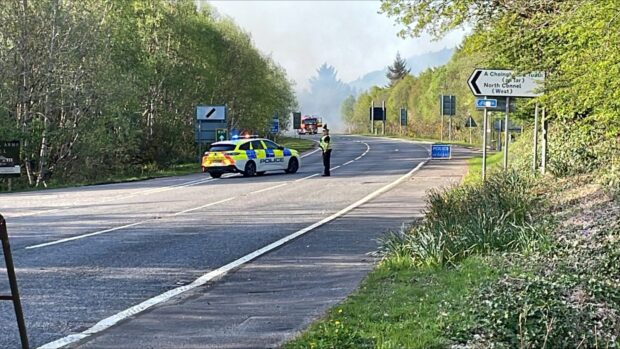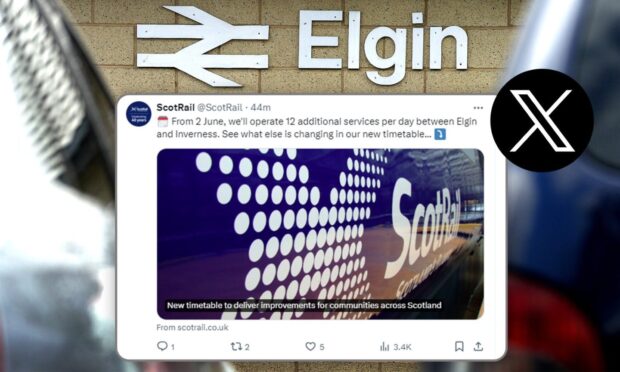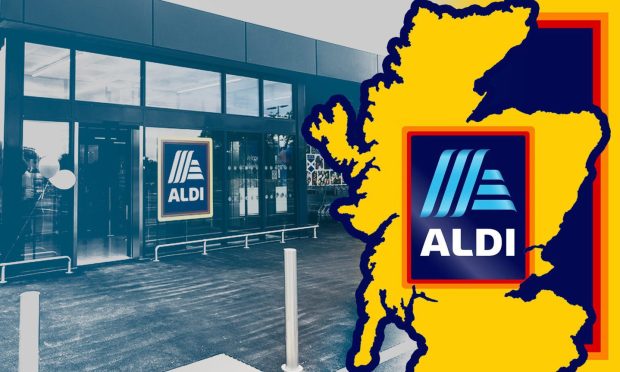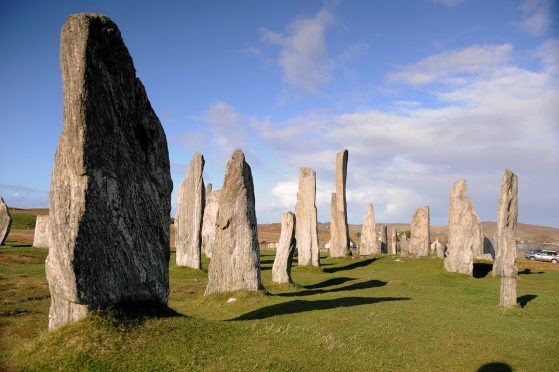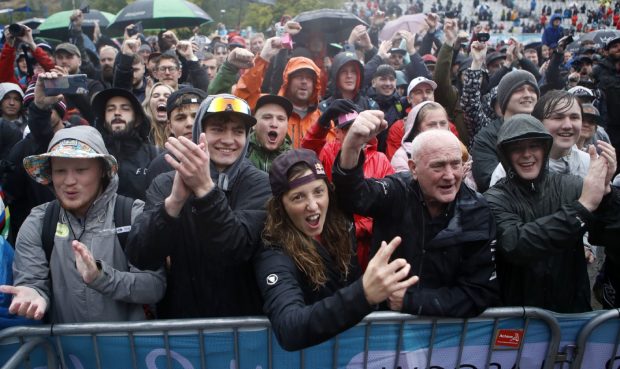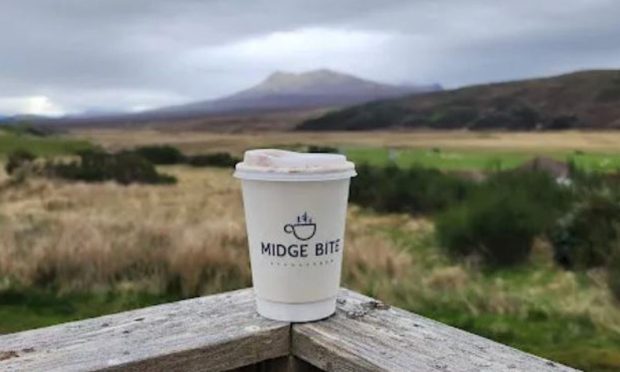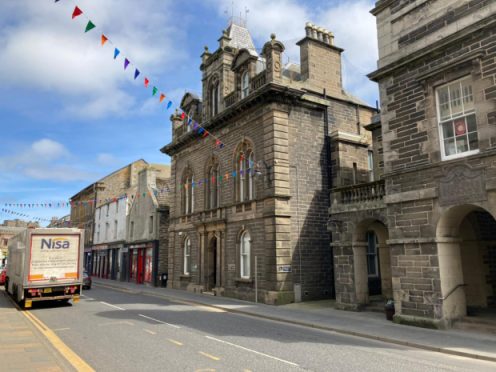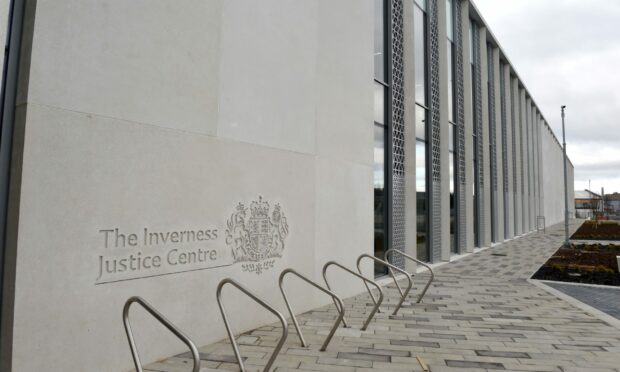For a moment it looked like the remains of the Loch Ness monster were about to be discovered.
But new images captured by an underwater robot have revealed the discovery is actually a 30-foot model of the creature, which sunk in the famous loch after being used in a Sherlock Holmes film screened in 1970.
The 2.5million-euro Munin robot is being used as part of an investigation led by Norweigian company Kongsberg Maritime and supported by the Loch Ness Project and VisitScotland. The torpedo-shaped device recorded the wreckage at a depth of 590ft.
The find was made during a two-week survey which is the first of its kind in Scotland and forms part of Loch Ness expert Adrian Shine’s Operation Groundtruth.
The loch has proven difficult to survey in the past due to its depth and steeply sloping side walls made of hard clay and rocky outcrops.
During the investigation a 27-foot long shipwreck was also uncovered at the bottom of the loch and this will be analysed for more information on its origins.
Other findings have revealed that claims around a ‘Nessie trench’ in the northern basin of the Loch made in January 2016 are incorrect, as the new underwater evidence shows that there is no anomaly or abyss.
Yesterday a team of Subsea Applications engineers, led by Craig Wallace, left Temple Pier and headed to an area close to where they made their latest discoveries, towing the Munin alongside.
Mr Shine, leader of the Loch Ness Project, was on the vessel yesterday. He said: “These are wonderful images. They are of an order of resolution beyond that which we have had before and it’s excellent from the point of view of topography and finding objects of human interest on the loch bed.
“It is a pleasure to have Kongsberg supporting Operation Groundtruth. Because Munin can dive and navigate itself safely at great depth, it can approach features of interest and image them at extremely high resolution.”
The The Private Life of Sherlock Holmes was made in 1969 and was directed by Billy Wilder and starring Robert Stephens and Christopher Lee.
The movie tells of the detective investigating the disappearance of an engineer. The case takes him to Loch Ness and an encounter with a monster.
It sank on its first outing on the loch while being towed behind a boat, and it is believed the removal of its humps resulted in a loss of buoyancy.
Previous underwater discoveries made on the loch include a crashed Wellington bomber from World War II, a 100-year-old Zulu class sailing fishing vessel and parts of John Cobb’s water speed record attempt craft Crusader, which crashed at over 200mph in 1952.
